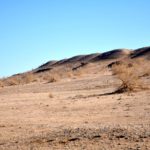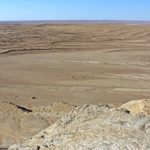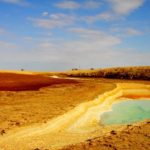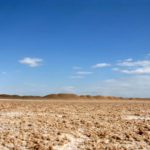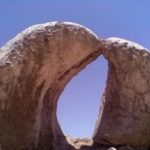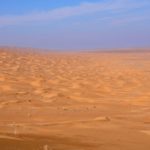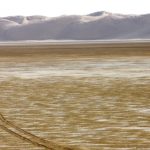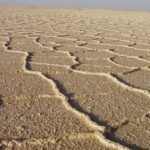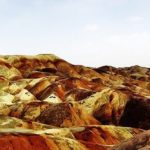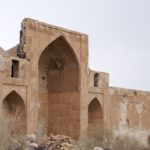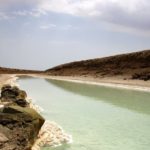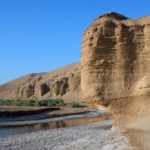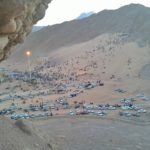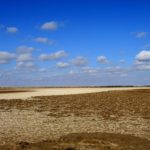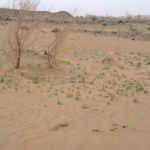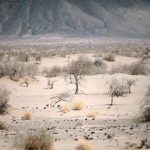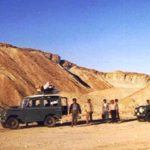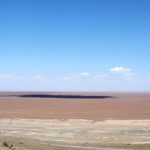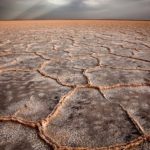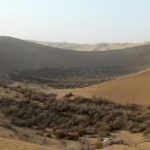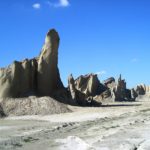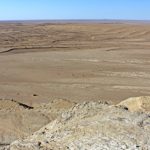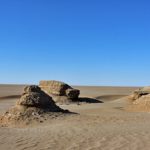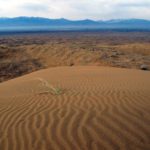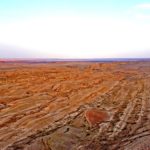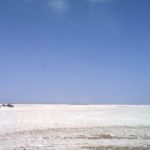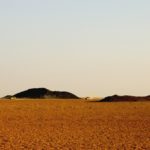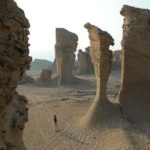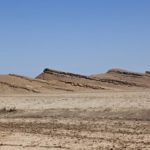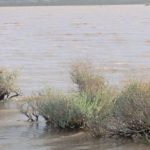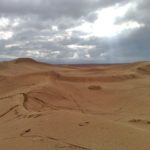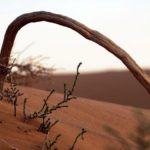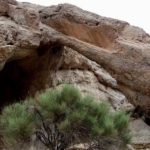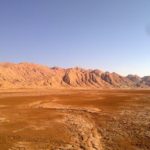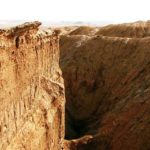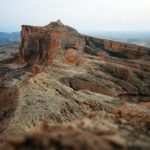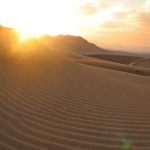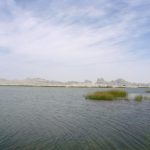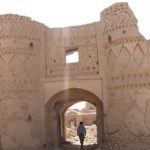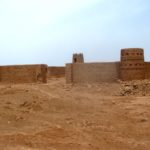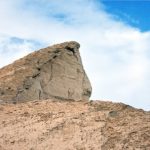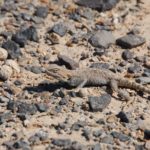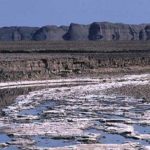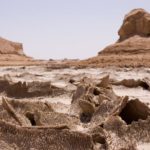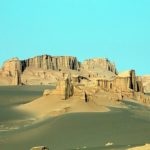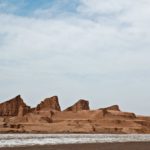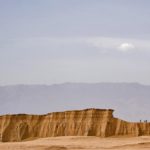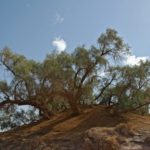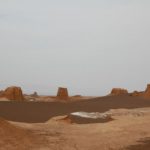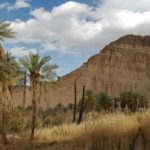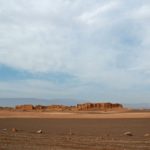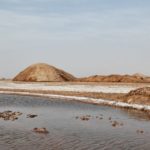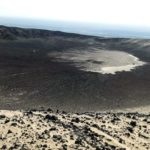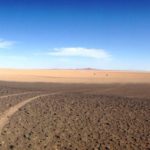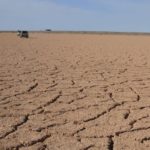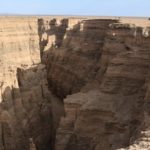Khazri Stone Bridge, a plain in the area between the cities of Gonabad in Khorasan Razavi and Qain in South Khorasan, is located at N340455 E584327 which people call its location “Pars Cave” and they believe in the time of the great Khorasan earthquake; Solar, the dome-shaped roof of the cave collapsed and part of it remains a huge arch with a fragile balance. Fars Cave is located 5 km west of Khazri plain, on the southern slope of the mountains north of the village of Thogori. The cave is so significant that Khabani Khalafi, a research associate at the Khorasan Cultural Heritage Organization, has called it “the hidden value of the Qayana.” According to cultural heritage experts in this cave, the name Fars is derived from the city of Fars, one of the cities of the Sassanid era and the early days of Islam.
The existence of works near the Akbari spring and beyond the Farsan cave is a confirmation of this claim. There are three caves in this area, one of which is the largest of the caves, which have collapsed far and wide, leaving only a bridge-like crescent in the front of the cave, which is geographically unique and beautiful. Its roof is not very thick and may have been collapsed due to the earthquake, the floor of this area is very rough and steep, so the rocks have fallen and the foot of the mountain has collapsed and the possible effects of the cave floor have been traversed over time and there are now traces of settling layers. Does not exist.
On the left side of the bridge there is another space with a wide area and numerous side atriums. Its main hall is very tall and about 3 meters high and its roof is truncated. There is a relatively large basin at the beginning of this hall, which is currently only a corner, and the rest is buried beneath rock and soil masses, built of stone, brick and mortar, probably from the Seljuk period because of The Ismaili Fadais occupied and used every cave and castle that was out of reach and suitable for habitation.
At a depth of 2 meters, there is a smaller crater that connects the atrium to the cave’s primary hall, after which there is a wide area in which traces and remains of the settlement are scattered from prehistoric to Seljuk periods. These caves have excavated ancient layers that have unfortunately not been excavated to date. These caves were at least considered by humans from the Middle Ages and used as a safe habitat.


